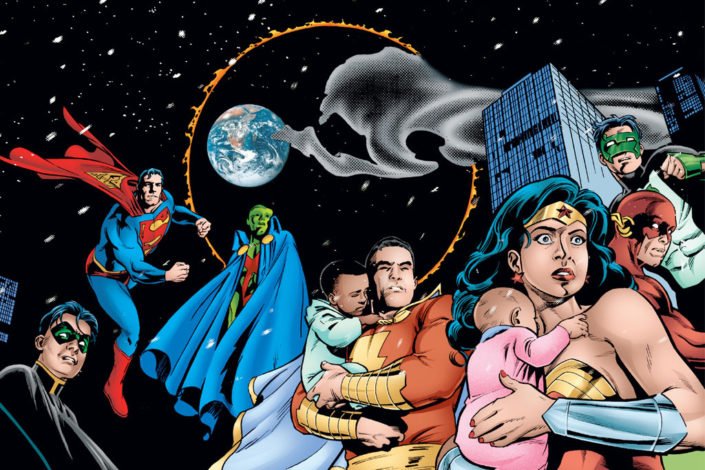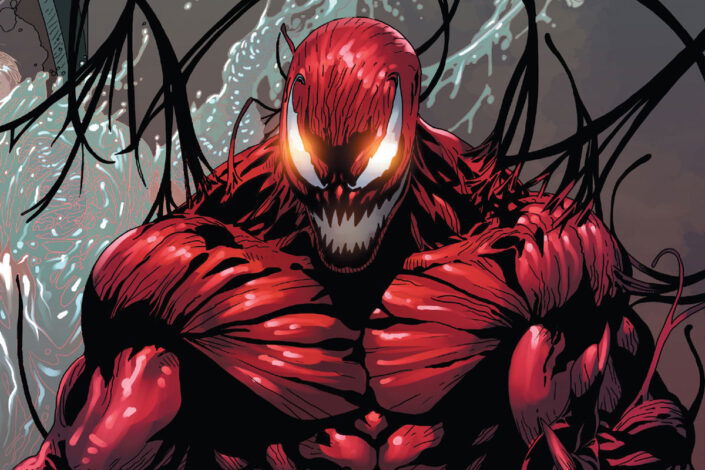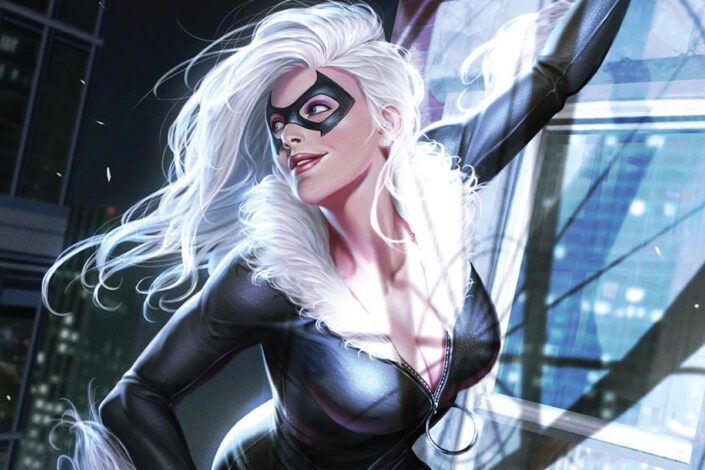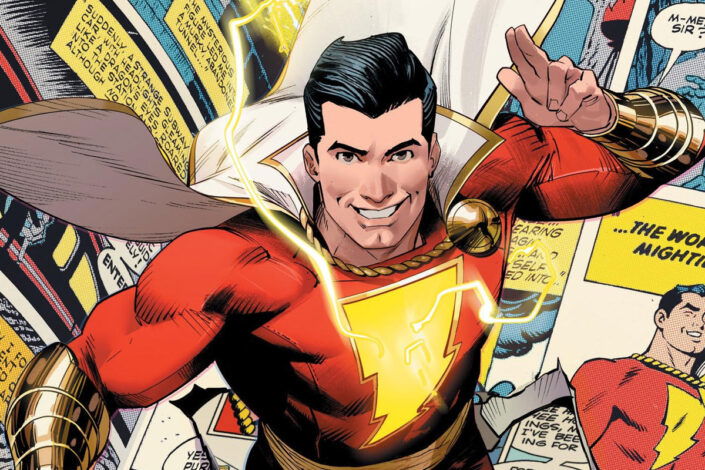The Final Night Reading Order, 1996 DC crossover event

Published in 1996, The Final Night is a DC Comics crossover event written by Karl Kesel with art by Stuart Immonen. For a change, it was not about a Super-Villain fighting the Heroes, but about an extraterrestrial entity called the Sun-Eater that envelopes and extinguishes the Sun, causing Earth to freeze and wither into ecological collapse. It’s an End of the World scenario in which heroes, villains, and everybody else had to work together to surmount the impossible.
Here is the official synopsis: In The Final Night, the heroes and citizens of Earth face the impending end of the universe. When a cosmic force of nature known as the Sun-Eater extinguishes the Sun, Earth is thrust into its final night. Deprived of the massive star’s illumination and heat, the world experiences a catastrophe of epic proportions.
But even in a situation devoid of hope, the world’s greatest champions struggle on against the inevitable. Featuring many of the heroes of the DC Universe, including Superman, Batman, Wonder Woman, The Flash, Green Lantern, and Aquaman, this book graphically illustrates the true definition of a hero, as Hal Jordan, the former Green Lantern, makes the ultimate sacrifice to save the world.
What to Read Before The Final Night?
The Final Night is a self-contained event, but you may want to be familiar with the character of Parallax to have a better understanding of his decisions in this story. First, the famous Emerald Twilight storyline (Green Lantern Vol. 3 #48–50), collected in:
- Green Lantern: Kyle Rayner Vol. 1
Collects Green Lantern #48-57, New Titans #116-117, and R.E.B.E.L.S. #1.
Second, the event “Zero Hour: Crisis in Time!” You can find our reading order here.
Read More »The Final Night Reading Order, 1996 DC crossover event








